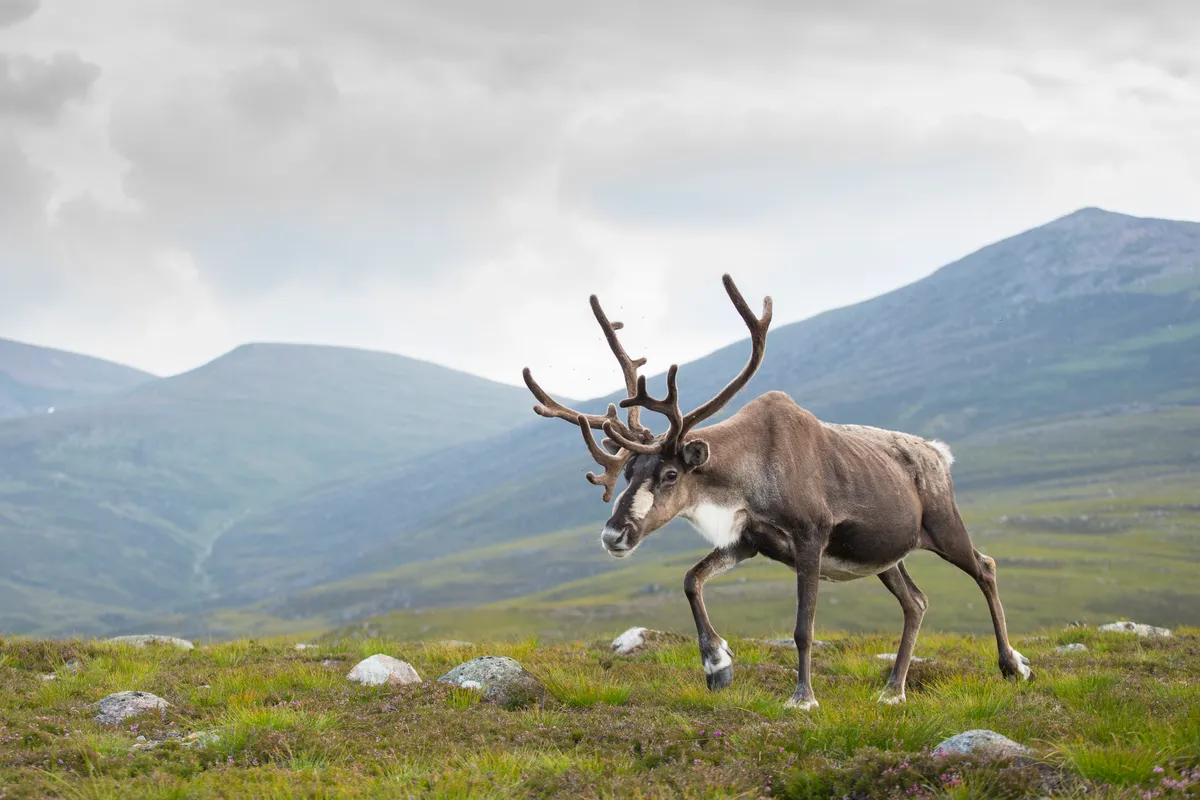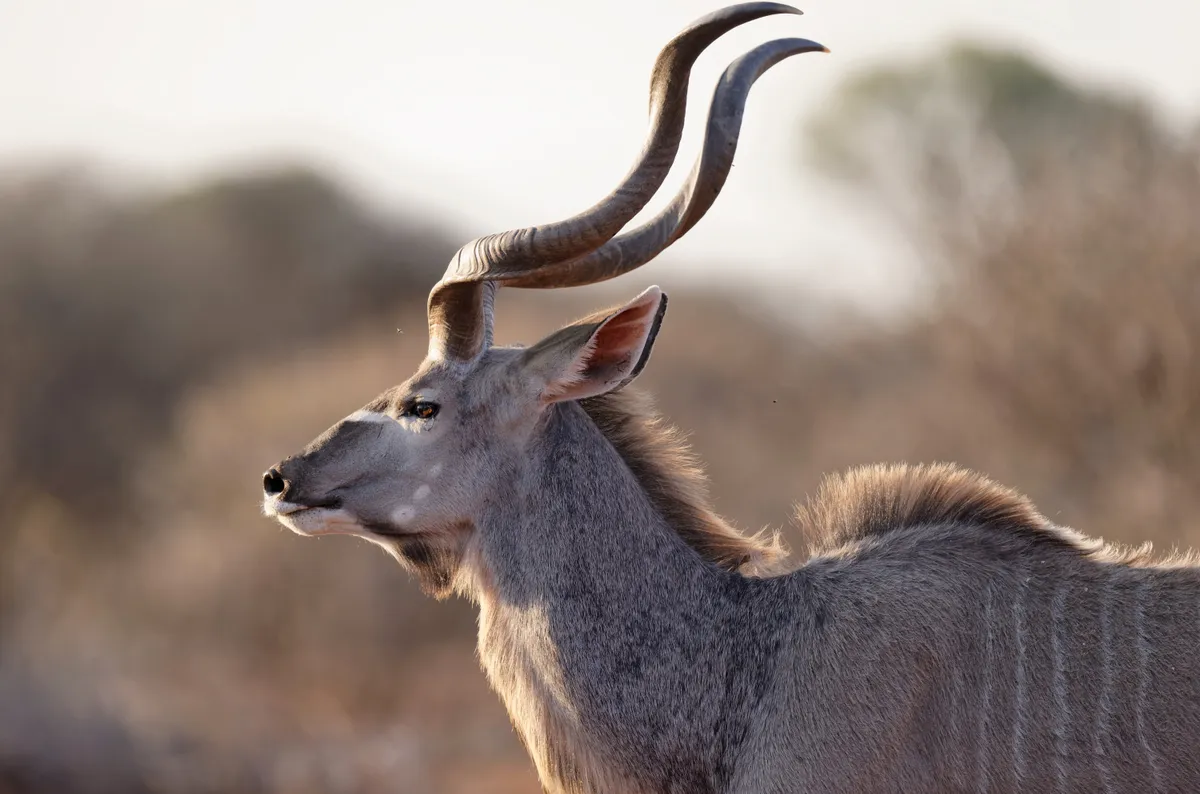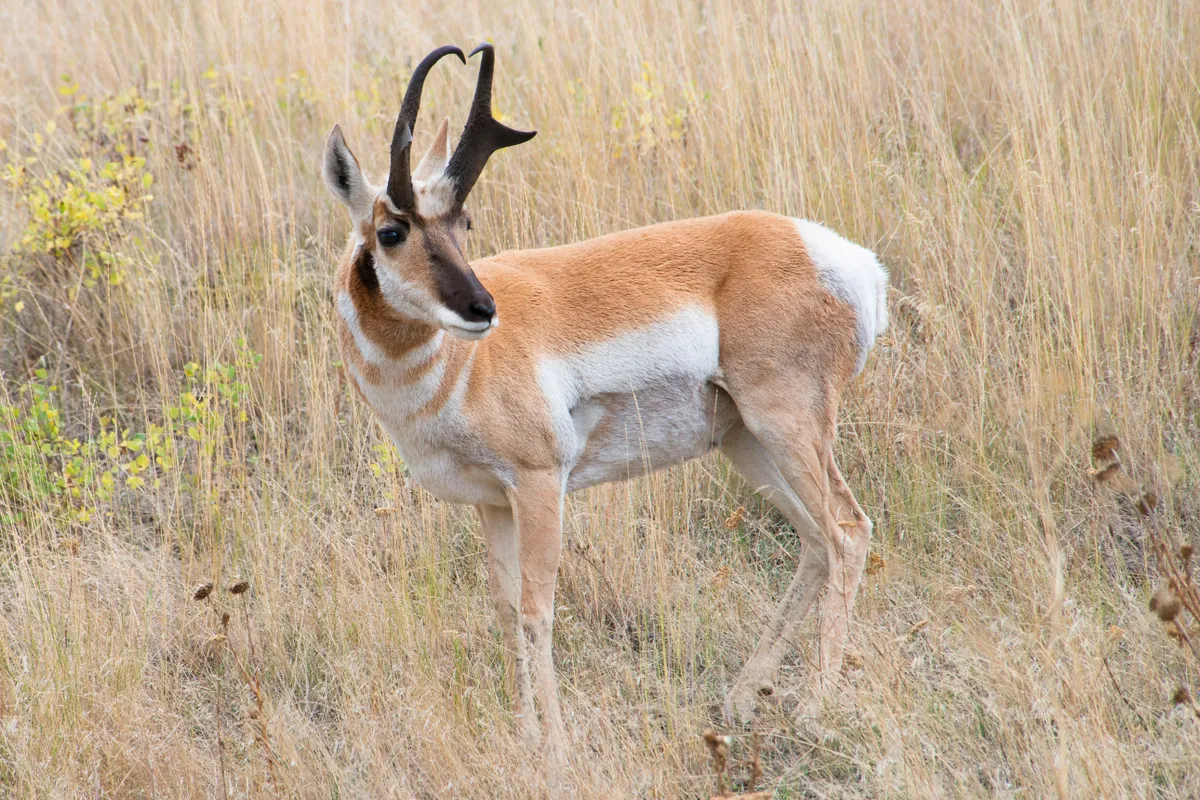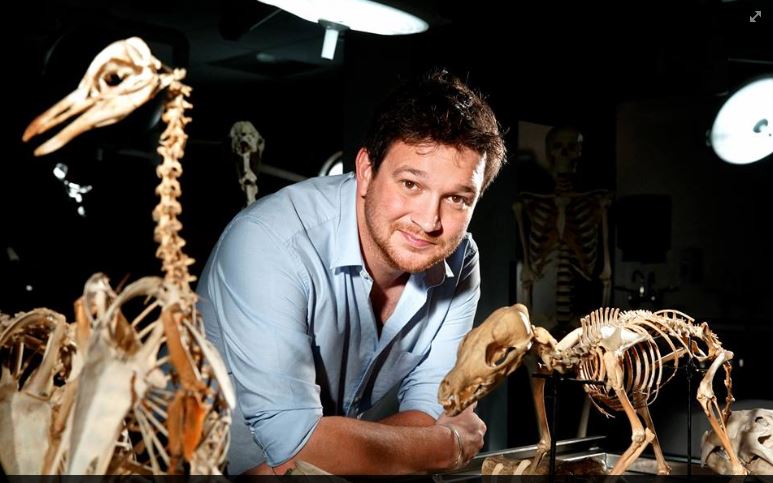What are antlers?
Antlers are paired, branched structures that are made entirely from bone and are shed annually. Developing antlers have a high water and protein content and a soft, hair-like covering known as velvet, which comprises blood vessels and nerves. As a result of hormonal and environmental changes, the antler ossifies – the growing, spongy bone is converted into harder, thicker lamellar bone – before the velvet falls away altogether. Antlers are usually only present for a few months before being shed and, apart from reindeer, only occur in males.

What are horns?
Horns are unbranched, two-part structures with a bony core and covered by a keratin sheath (the same material found in human hair and nails), which grows from specialised hair follicles. Horns are a permanent feature and, in many species, grow continuously.

Pronghorn antelopes (below) are the exception among horned species, having branched, upright horns with a sheath that is shed annually.

Antlers and horns also have different functions. While antlers are mainly used for mate selection during the breeding season (either to attract females directly or to deter rival males through display or combat), horns are generally used for social dominance, territoriality and anti-predator interactions.
